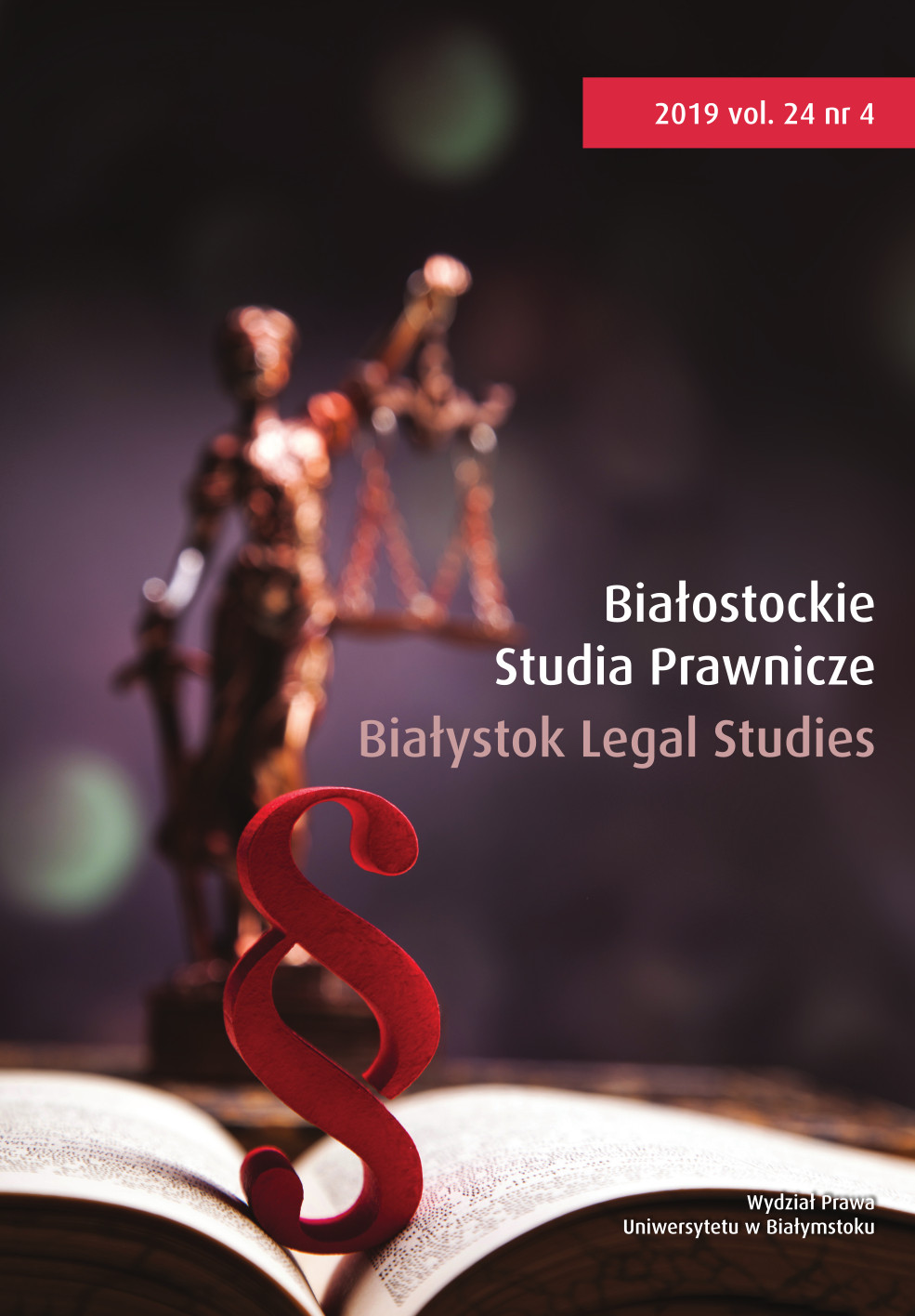Ewolucja pozycji ustrojowej parlamentu Tadżykistanu w świetle reform konstytucyjnych w latach 1990-2016
Evolution of the Constitutional Position of the Parliament of Tajikistan in the Light of Constitutional Reforms in the Years 1990-2016
Author(s): Jerzy SzukalskiSubject(s): Law, Constitution, Jurisprudence, History of Law, Constitutional Law
Published by: Temida 2
Keywords: Tajikistan; parliament; constitution; president; Tadżykistan; parlament; konstytucja; prezydent
Summary/Abstract: The article discusses the evolution of the constitutional position of the parliament of Tajikistan in the period from 1990 till 2016, which initially was a unicameral legislature Supreme Council of the Tajik Soviet Socialist Republic, and since 1994 the unicameral Majlisi Oli, which in 1999 was subsequently transformed into a bicameral parliament. The basis for the analysis were the provisions of the revised Tajik Soviet Socialist Republic Constitution of 14 April 1978, the Constitution of Tajikistan of 6 November 1994 together with its amendments of 26 September 1999, 22 June 2003 and 22 May 2016. The functions of the parliament, its relations with other state authorities, as well as the state system of government are presented at some length. Furthermore, the political and tribal circumstances, which have a significant impact on the real constitutional position of the Tajik parliament, are also discussed. The final observations point to the existence of three stages in the development of the political position of the parliament, namely in 1990-1994, 1994-1999 and 1999-2016. Collectively these indicate that constitutional reforms resulted in a progressive decline in the position of the parliament in favour of executive power, especially that of the president, who became the dominant authority in the constitutional and political systems of Tajikistan.
Journal: Białostockie Studia Prawnicze
- Issue Year: 4/2019
- Issue No: 24
- Page Range: 229-248
- Page Count: 20
- Language: Polish

